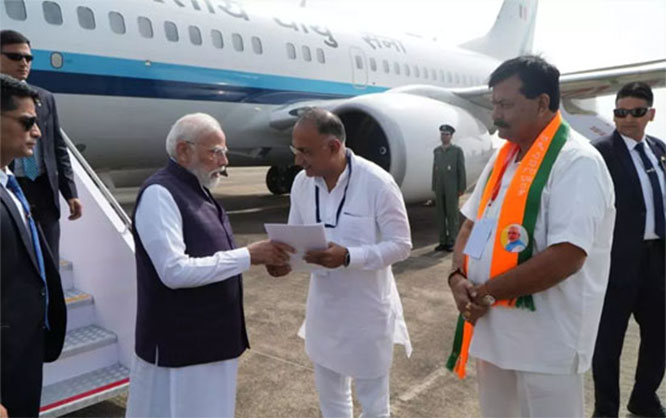
Bengaluru, Oct 21: The continuing thundershowers left many roads waterlogged through Tuesday night, even as the weather bureau predicted that the rains would pound the city until Friday.
As per the data from Karnataka State Natural Disaster Monitoring Centre (KSNDMC), areas in western and southern Bengaluru received between 11 mm and 71.5 mm of rainfall.
Officials in the BBMP control room said there were no complaints of tree fall but waterlogging was reported from Nayandahalli, Kengeri, Agara, Halasuru, Sivananda circle, Mehkri Circle and several other areas. At the Sivananda Circle underpass, BBMP officials had to rush to clear the water that choked up traffic for a long time.
Basavanagudi, Jayanagar, BTM Layout, Koramangala, Sampangi Ramanagar, Rajajinagar, Malleswaram, Manjunath Nagar, Dasarahalli, Hebbal, RT Nagar, Yelahanka and other areas received heavy rains.
While the KSNDMC forecast heavy rainfall in the BBMP area for the next two days, the India Meteorological Department (IMD) issued a yellow alert for the city.
A mini-truck got stuck in a manhole on Mysuru Road, leading to a lengthy traffic jam. Police arrived at the spot and restored vehicular movement.
Residents of Mallattahalli whose houses were flooded in the rains two days ago relived the nightmare once again on Tuesday.







Comments
Add new comment